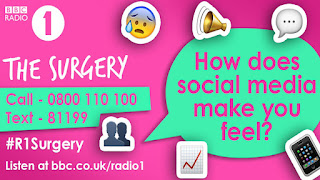Media paper 2: LR
1) Type up your feedback in full (you do not need to write mark/grade if you do not wish to). WWW- In Q4, you make some detailed reference to the CSP but beyond this, the most valuable aspect to this exam is the wake-up call it brings before the real thing in June. EBI- There is no where near enough depth or sophistication in these responses for A level standard work. You need to seriously reflect on either your revision or the quality of the original blog task work. -Revision of theories is essential -Economic and political contexts -Sharper topic sentences and extended paragraphs with reference to relevant theories will start to push you up. 2) Did you succeed in meeting or exceeding your target grade for A Level Media in this paper? If not, how many additional marks do you need to achieve your target grade in Paper 2? I definitely did not achieve my target grade which is a B and I will need an extra 40 marks in this paper to do so. We don't know exactly what grade boundaries

